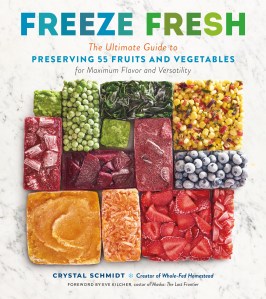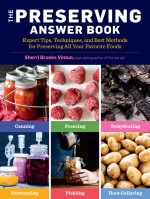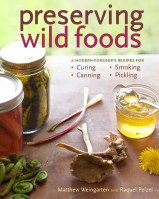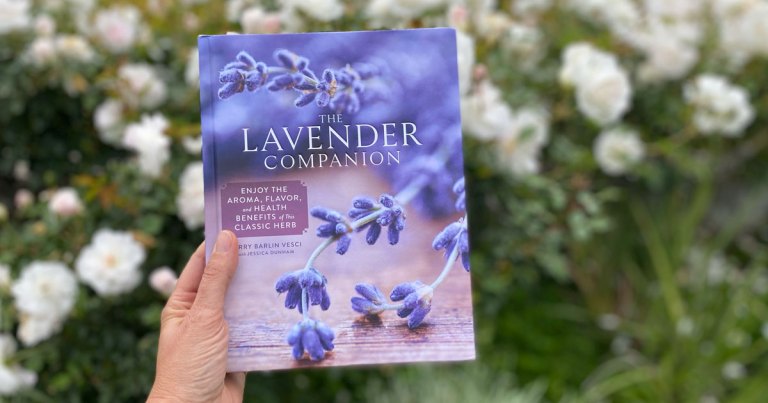Fresh Advice for Freezing Summer Herbs
Preserve the taste of summer herbs for use all year round with Freeze Fresh author Crystal Schmidt’s time-tested freezing techniques.
If I had only a small space to garden, I’d prioritize growing herbs. I use them every day during the growing season, and they make meals come to life. I always grow enough to use fresh, plus plenty for putting up!
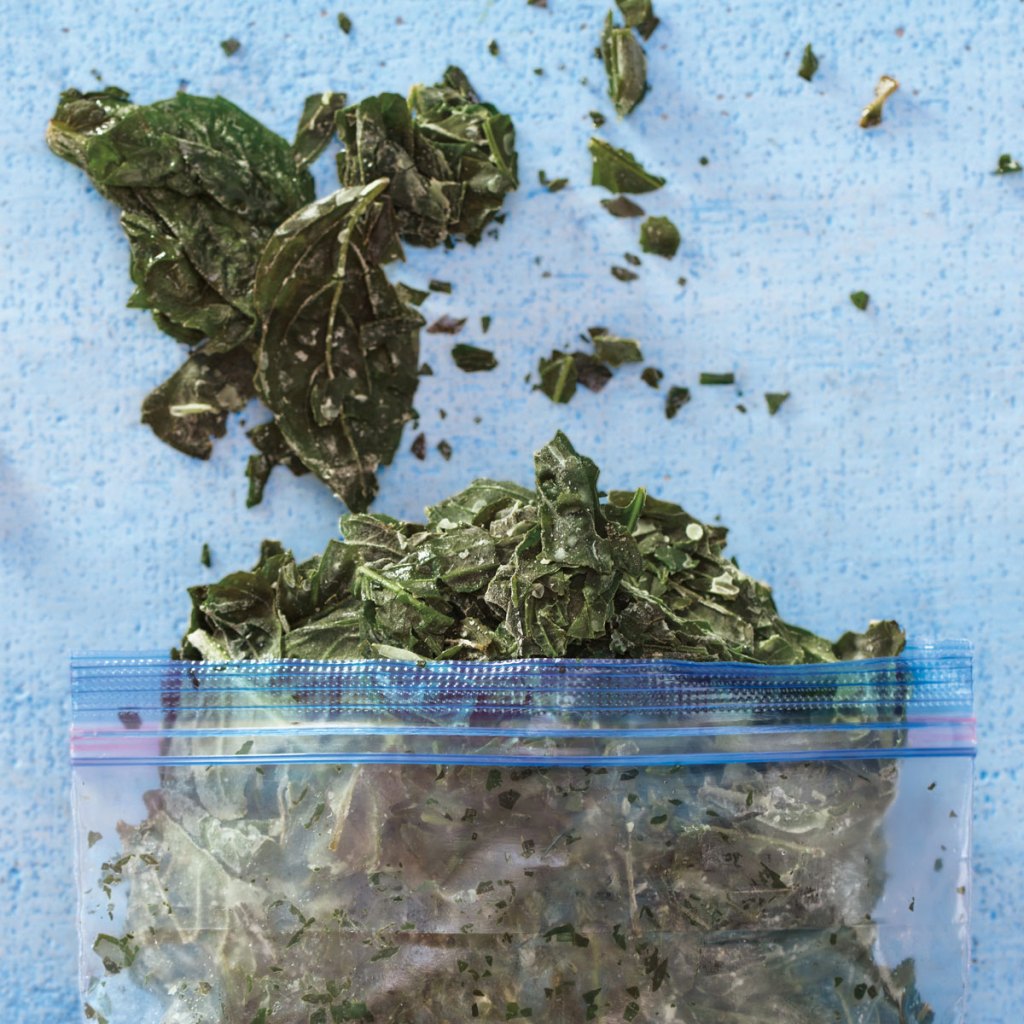
Freezing Basil
Basil: the quintessential smell of summer! And it’s the only common herb that benefits from a slightly different freezing technique than the others. Coating the leaves in a thin layer of olive oil helps prevent freezer burn and makes it easier to break off a chunk when needed. The flavor of frozen basil is similar to fresh, but the leaves will darken and wilt, so frozen basil is best suited for cooking.
Prep. Basil bruises easily, so be very gentle when working with it. Start with clean, dry basil, and pluck the leaves from the stems. Measure the leaves and place them in a large bowl. For every 3 packed cups of fresh basil, drizzle over 1 tablespoon extra-virgin olive oil. Gently toss and fluff the leaves until they are all evenly coated with the oil.
Freeze. Pack the oiled basil leaves into quart freezer bags, gently pressing the basil together into one big mass, then freeze immediately. Up to 6 cups of basil will fit in a quart bag. If working with a larger amount, use multiple quart bags instead of increasing to a gallon bag. To use, simply break off a section of basil whenever you need some—no need to let it thaw.
Plus, if you’re like me and make your own pesto, try the tasty Basil Pesto recipe below and pop it in the freezer for the taste of summer all year.
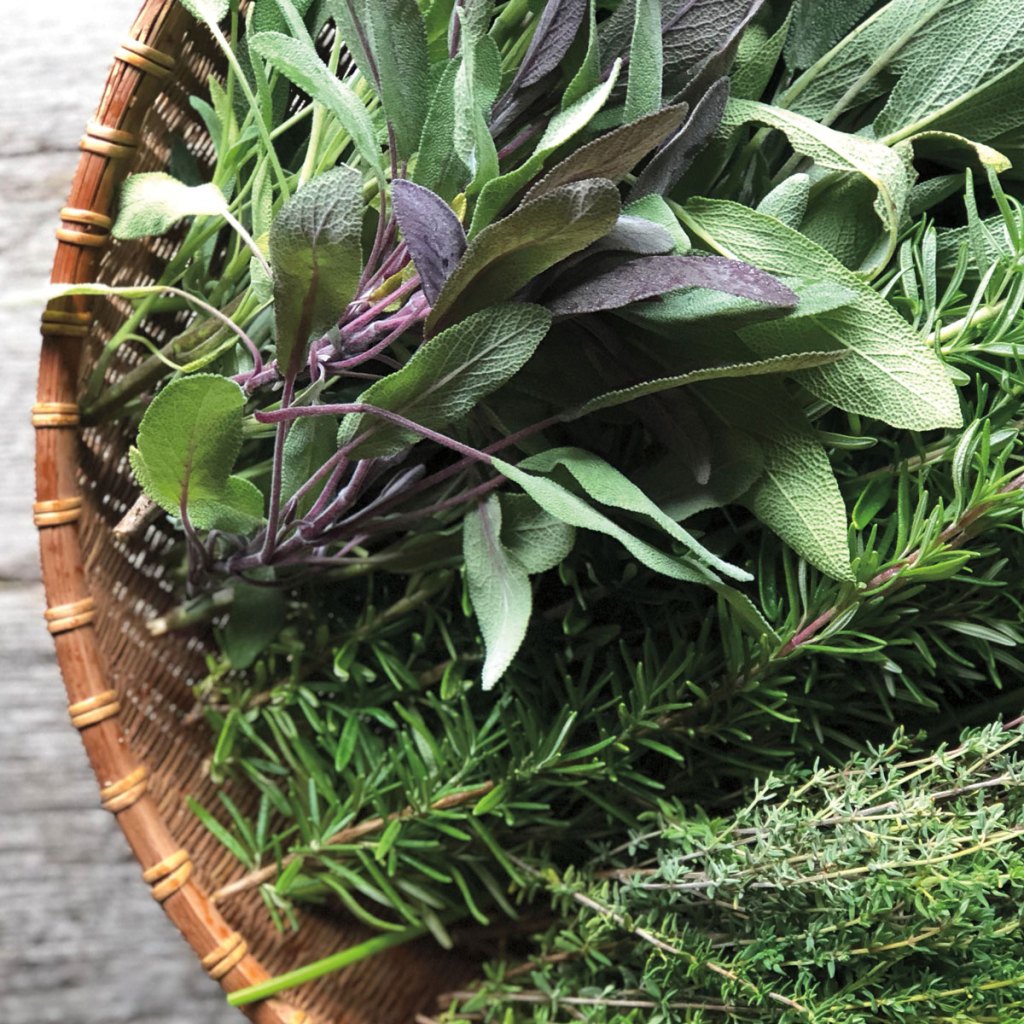
Freezing Other Herbs
There’s a common practice of preserving herbs by chopping and freezing them in an ice cube tray filled with olive oil. This method works fine, but it’s impractical for the way I cook. I like to use a lot of herbs, and I don’t want to use that much oil along with them.
The good news is that most herbs freeze well without oil. I simply chop the herbs, stuff them into a container, and freeze—that’s it! The following herbs freeze well with this technique:
- Chives
- Cilantro
- Dill
- Marjoram
- Mint
- Oregano
- Parsley
- Rosemary
- Thyme
- Sage
Once thawed, frozen herbs will be darker and have a translucent quality. They are best suited for use in cooking, not for using as a fresh garnish.
Prep. Herbs freeze best when completely dry, so if you choose to wash them, make sure to dry them really well. Strip the leafy part of the herb from the stalks or stems, and mince the leaves. Herbs chopped by hand with a sharp knife will yield the best product; a food processor will tear them up and the quality will be lower.
Freeze. Herbs pack well in freezer bags or rigid containers. If the herbs are fully dry, they won’t stick together, and you will be able to pinch them, still frozen, right out of the container. If the herbs are moist, they will stick together, and storing them in a freezer bag will make it easier to break off a chunk. It’s better to use several small containers rather than one big container; an 8-ounce container or a quart freezer bag is a good size.
Special thawing instructions. Frozen herbs start to thaw instantly, so take out the container, remove what you need, and put the container back in the freezer immediately.

Basil Pesto Recipe
I’m particular about my basil pesto—I want it to be heavy on basil flavor, not overpowered by garlic, and marvelously nutty from the Parmesan and walnuts. The olive oil is a major component, so use the good stuff! Of course, we combine homemade pesto with pasta, but it’s also wonderful stirred into soups, added to meatballs, slathered on chicken breast, and scrambled into eggs.
Yield: About 1½ cups
Ingredients
- ½ cup coarsely grated Parmesan cheese
- ½ cup raw walnut halves
- 1 tablespoon minced fresh garlic
- 2 cups very firmly packed fresh basil leaves (Note: It’s important that the basil be very firmly packed in the measuring cup. Hold it down with one hand in the cup while you keep stuffing in more!)
- 2 teaspoons fresh lemon juice
- ½ teaspoon sea salt
- ⅓–½ cup extra-virgin olive oil
Directions
- Prepare your freezer containers first, so that once the pesto is made it can be frozen immediately to prevent browning.
- Combine the Parmesan, walnuts, and garlic in a food processor. Pulse 10 to 15 times, until the mixture is crumbly.
- Add the basil, lemon juice, and salt. Process until the mixture is finely ground, about 30 seconds. Stop to scrape down the sides of the bowl as necessary.
- With the machine running, slowly stream in the oil, starting with ⅓ cup. If the pesto sticks to the sides of the bowl, stop to scrape it down, then continue. If your pesto is dry, add up to 2 tablespoons more oil until it comes together and flows freely in the bowl. Process for 30 seconds longer to make sure the pesto is well combined.
To freeze: Freeze immediately. Pesto packs best in rigid containers. Consider freezing smaller portions in a silicone mold.
To thaw: Avoid heat when thawing pesto, and thaw only what you’ll use within 1 or 2 days.
Excerpted and adapted from Freeze Fresh © Crystal Schmidt.
Capturing the peak flavor of freshly harvested produce and preserving it for year-round eating is easier than ever, this is the ultimate guide to freezing and enjoying more than 55 popular fruits and vegetables.
Author Crystal Schmidt’s time-tested preparation techniques ensure that color, texture, and flavor are retained in the freezer. From familiar favorites like apples, corn, potatoes, and peas to surprises like lettuce, avocado, and citrus fruits, Schmidt details the best ways to prepare each food for the freezer, including pre-cooking, slicing, blanching, and more. She offers more than 100 recipes that freeze well, such as Blueberry Maple Pancake Sauce, Pickled Sliced Beets, Mango Chutney, and Honey Butter Carrot Mash, as well as delicious ways to cook the frozen food after thawing, including Creamy Parmesan Confetti Corn, Tart Cherry Oatmeal Bars, and Broccoli Cheese Soup. Home cooks and gardeners alike will love discovering how easy and economical it can be to fill your freezer with produce customized to your own tastes and needs.
